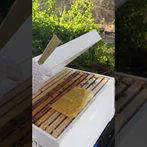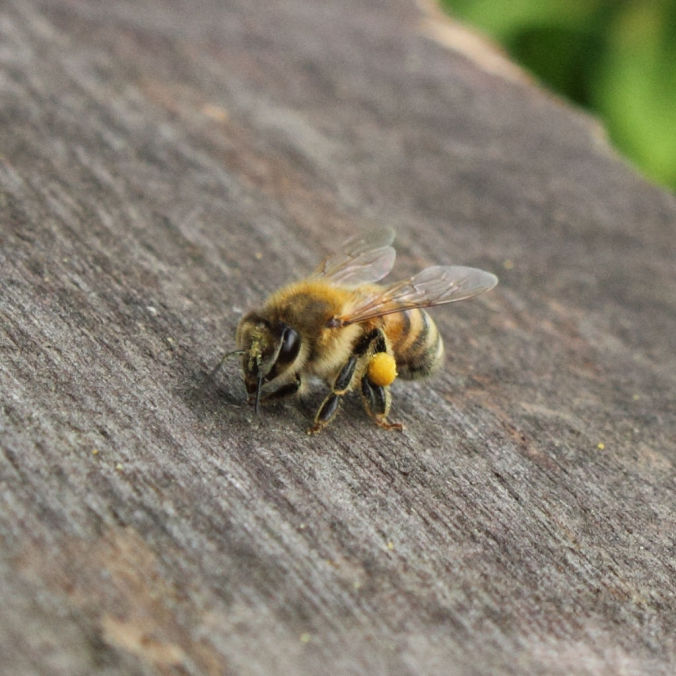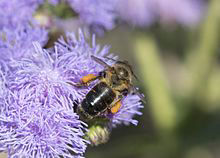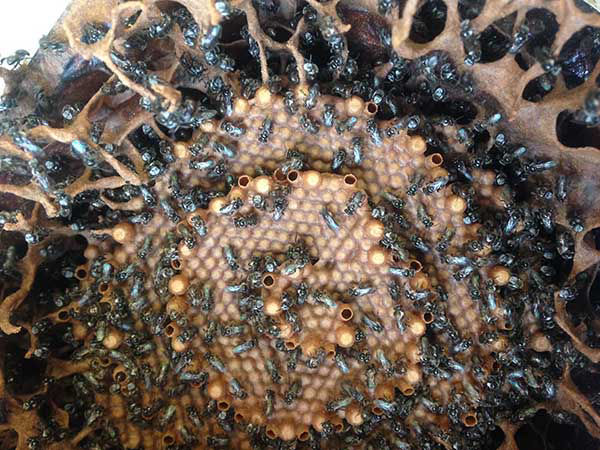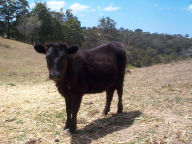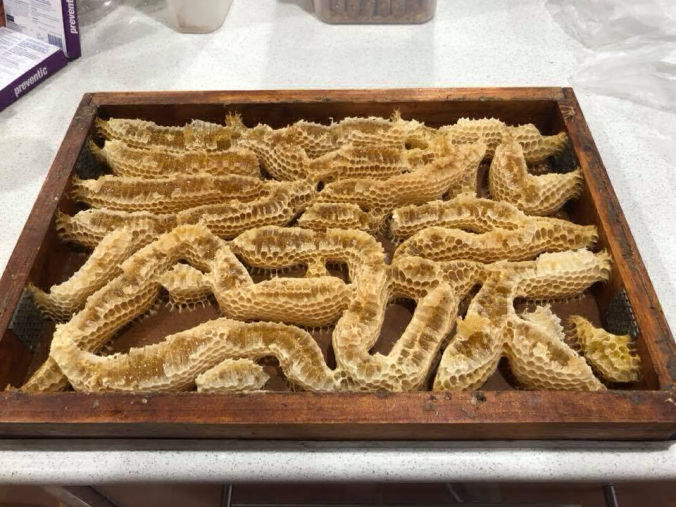
European Honey Bees
A relatively new addition to Stonehaven Stud is Honey Bees.
We have selected Italian Queens for their reproduction and temperament and have commenced with a couple of hives that we have rapidly grown and split into a number of new hives.
The New hives have now had Italian Queens and also Cacausian lines of queens added.
Nucleus hives will be availabe shortly for sale.
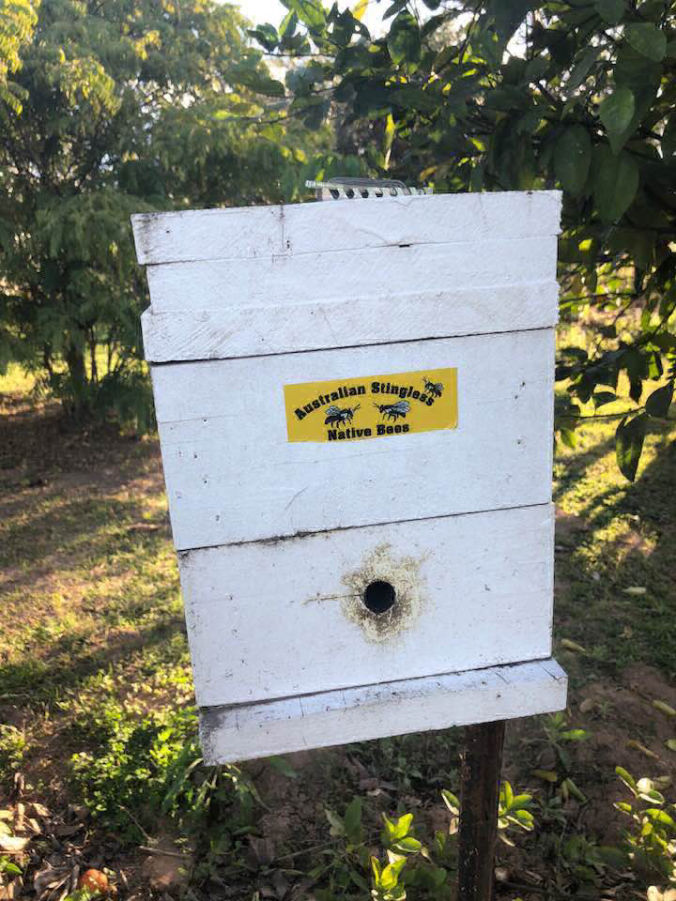
Australian Native Stingless Bees:
We have also recently added some Australian native stingless bees.
These bee's are small and black, similar locking to a fly. They do not sting but sometimes bite if disturbed.
Whilst they do produce honey, their hives are very different structure to the European bees, and they only produce approx 1 litre per year.
